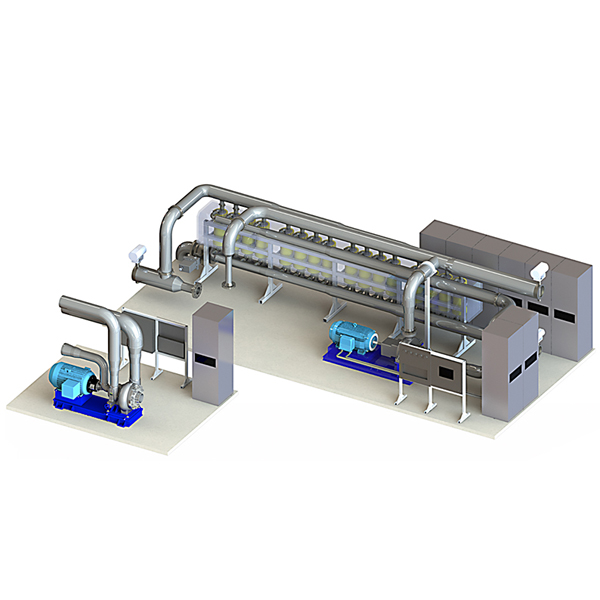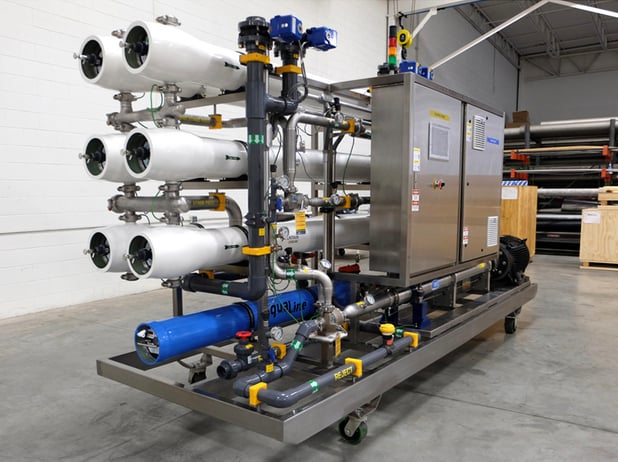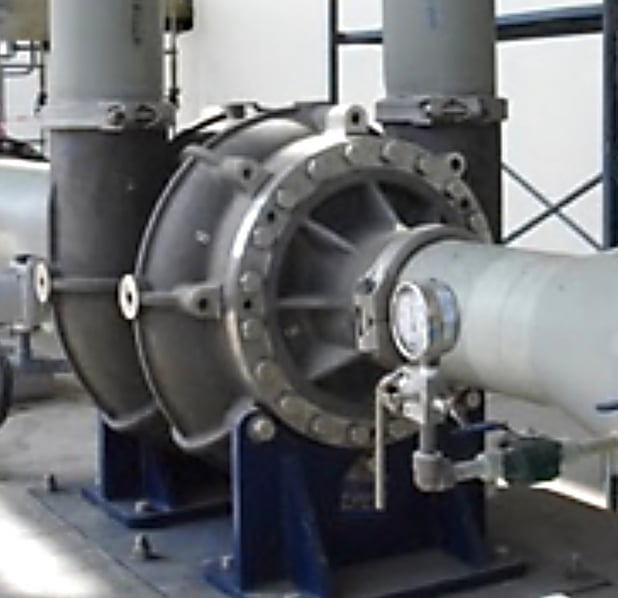
Executive Summary
This paper will focus on the motorized turbocharger ERD or HEMI (Hydraulic Energy Management Integration) for SWRO applications. The HEMI can often have the lowest SEC value of any commercially available ERD.
Energy Recovery Devices (ERDs) are widely used in seawater reverse osmosis (SWRO) systems with turbochargers and rotary ceramic isobaric chambers or CICs dominating the market. This white paper explores in detail ERD potential, showing that both types of ERDs are approximately equal in the potential to reduce net energy consumption.
The HEMI provides complete control of feed flow and pressure and brine flow and pressure. In short, the HEMI provides RO membrane control as well as effective energy recovery in a compact and relatively low-cost package.
The HEMI reduces CAPEX by eliminating the multiple megawatt variable frequency drive (VFD) on the high-pressure pump (HPP) and reducing the size and cost of the HPP, motor and power supply system. These savings can pay for the cost of the entire HEMI installation in many cases. A low net CAPEX and superior energy savings means a significant reduction in the cost of permeate.
Reverse osmosis (RO) systems reject a portion of the high pressure (HP) feed as HP brine. Energy Recovery Devices (ERDs) recover brine hydraulic energy thereby reducing net energy consumption. This paper will focus on motorized turbocharged ERDs – the Hydraulic Energy Management Integration or HEMI.
Related Articles

Introducing the BiTurbo: a Revolution in RO Technology
The next generation of desalination will rely on multi-stage, high recovery reverse osmosis, delivering a lower cost of water and improving membrane performance.

MSMT - A Significant Process Improvement for SWRO
Executive Summary Seawater reverse osmosis systems (SWRO) are the mainstay of large-scale desalination systems. Plant designs have settled in a more or less standard configuration using a single membrane stage with permeate recoveries ranging from

ERD Efficiency: What System Builders and Consultants Need to Know
Executive Summary This White Paper addresses the impact of ERDs on the energy consumption of the RO process using an objective and fully transparent criteria. The analysis shows that published ERD efficiency data has virtually no correlation to the
